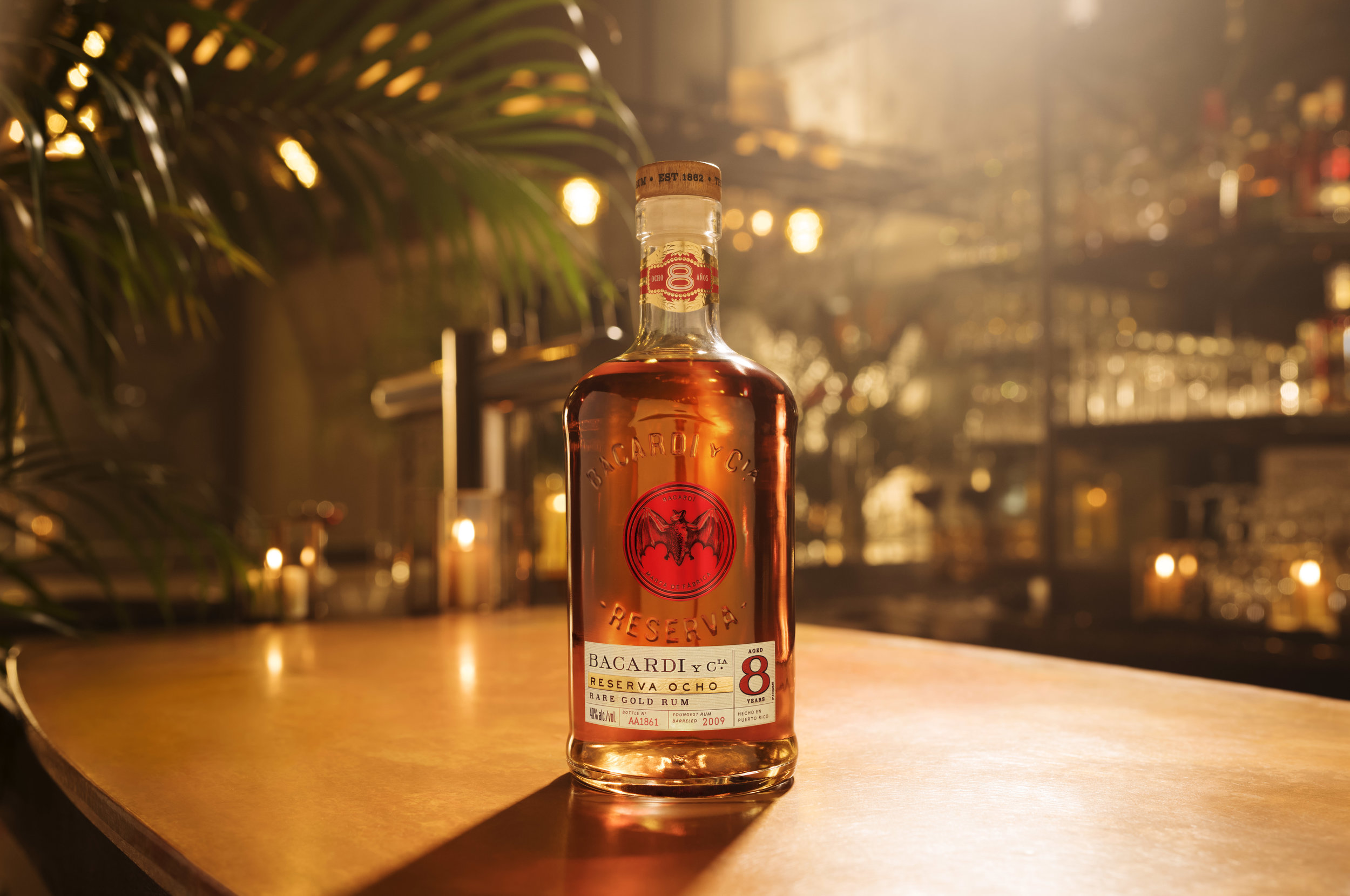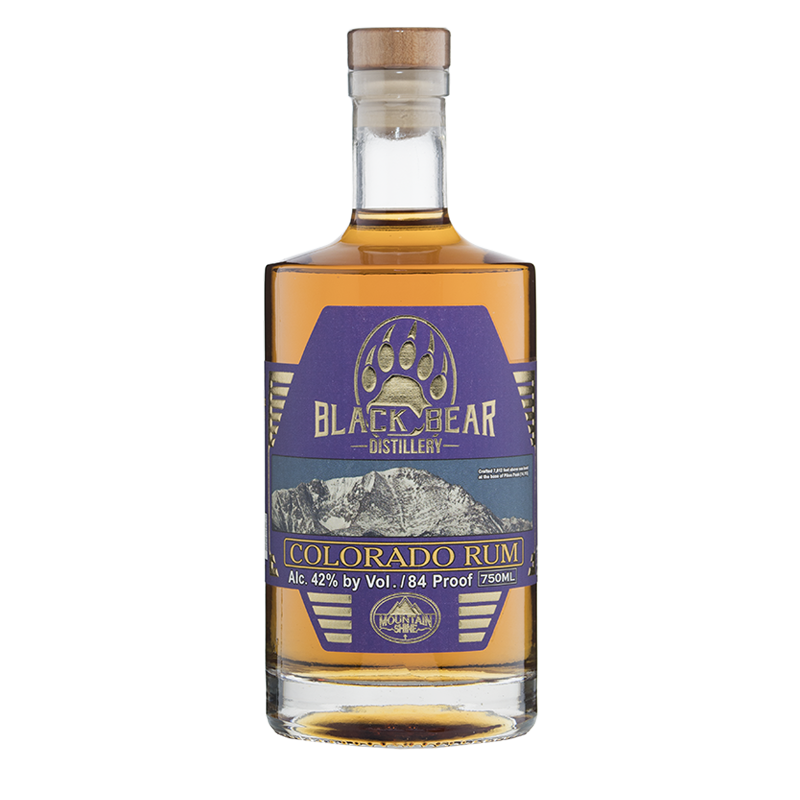Rum Around the World
Regional rum selections for stocking up the home bar and gift-giving
photo by Marc Babin via Unsplash
Extensive rum collections aren’t just for the tiki obsessed anymore. People expect more from their rum cocktails than just a quick mix with lime and Coke, and it takes a variety of styles to make the best rum-based cocktails. It’s not a true Zombie without 151 and rums from both Jamaica and Puerto Rico, after all, and ‘Ti Punch wouldn’t be ‘Ti Punch without rhum agricole. All of this is to say that there’s never been a better time to gift bottles of rum to help those you care about get started on building a world-focused home rum bar.
The most important thing to keep in mind is that rum has vast differences in style and flavor depending on where it’s made. Just like you wouldn’t think of only gifting bourbon for your buddy with a whiskey collection, you shouldn’t only gift Puerto Rican rum (although, you also shouldn’t not gift Puerto Rican rum). Rum is diverse, and there’s no better way to show that off than a regional home rum bar.
Rum’s modern roots are in the sugarcane-rich islands of the Caribbean, but it’s made in just about every country with a craft distilling scene. The laws vary from region to region, but in the U.S., rum is defined as “spirits distilled from the fermented juice of sugar cane, sugar cane syrup, sugar cane molasses or other sugar cane by-products” that has “the taste, aroma and characteristics generally attributed to rum.” Exactly what those characteristics are varies depending on where you get it from.
The variations in rum can make it hard to nail down a specific flavor, but it also makes it one of the most fun spirits to gift. The next time you’re looking for a bottle, think of rum as a regional product. You can gift the world with only one spirit category.
Jamaica
Jamaica is well known for its rum. There are some big brands that you’re likely familiar with, like Appleton Estate, but some producers on the island really excel at funkier styles. Some of the best Jamaican rums are driven by savory, earthy flavors that come from wild yeast that’s used for fermentation. That distinctive taste even has a local name, hogo, which comes from the French term haut goût, or the taste of slightly decayed and gamey meat. Which, yes, sounds extremely unappealing. But ignore your preconceptions and embrace the hogo. It’s not a globe-spanning home rum bar without a funky Jamaican rum.
Bottles to gift: Look for Rum Fire, which is made at one of the oldest distilleries, Hampden Estate, on the island. Rum Fire is naturally fermented in cedar vats and distilled in a pot still, and won silver at the NY International Spirits Competition. It tastes like savory fish sauce and tropical fruit, but use it sparingly, because it comes in at 63 percent ABV. For an aged rum option that’s (slightly) less strong, grab a bottle of Smith & Cross. It’s 57 percent ABV, but the alcohol doesn’t cover up the tropical fruit and baking spice flavor (plus the hogo, can’t forget the hogo).
Martinique
photo by Wine Dharm a via Unsplash
The Caribbean island of Martinique is unique in the rum world. The style made on the French-owned island is defined and protected by an Appellation d’Origine Contrôlée (AOC), which allows only fresh-pressed sugarcane juice to be used, thus limiting production to distilleries that are nearby farms. While the focus on fresh sugarcane also means there can be variations from producer to producer, in general, Martinique rhum is grassy, earthy, and has subtle tropical fruit notes.
Bottles to gift: When looking for a rhum from Martinique, you want something that’s tangy and full of character. It should stand out in a complex tiki cocktail without taking over as the dominant flavor in a drink. Saint James Imperial White (gold medal winner in the 2018 NY International Spirits Competition) hits all of those notes. It has a peppery quality to it that balances out the tropical fruit flavors common in Martinique rums. Another fascinating Martinique rhum to taste is Trois Rivières Cuvée de l’Océan, which truly captures the essence of tropical seaside aromas and flavors.
Barbados
The first people to distill fermented sugarcane juice were likely in India, where sugarcane is from. Modern rum as we know it, however, comes from Barbados—maybe. Like all alcohol histories, nailing down an exact date is impossible, but a drink known locally as “kill-devil” was being made from molasses in the 1600s. Barbados is also known for a more solid date in rum history: 1703, the year that Mount Gay was granted the first commercial rum distillery license. The distillery is still going strong, as is the rest of the rum industry on the island. You’ll find a mix of pot and column stills in Barbados, and rum brands usually blend a mix of distillate from both.
Bottles to gift: With all of it’s history, it’d be wrong to start someone’s regional rum collection without a bottle from the oldest rum distillery. Grab a bottle of Mount Gay Extra Old, which won Gold at the 2018 NYISC. The bottling is a blend of rums aged between eight and 15 years in ex-American bourbon barrels. You also can’t go wrong with Neptune Rum 3 Year. The brand was the most awarded rum distillery in 2018 with more than 40 awards, including Gold at the NYISC.
St. Croix
The U.S. Virgin Island of St. Croix has been making rum for just about as long as rum has been made. It’s a small island—just under 85 square miles—but it has a big influence in the rum world. Much of that influence comes from the mega-rum producer on the island that makes Captain Morgan, which came to the island in 2012. St. Croix’s historic distillery is Cruzan, which was founded in 1760.
Bottle to gift: St. Croix was hit hard by hurricanes Maria and Irma in 2017. The islanders rebuilt, and to recognize the St. Croix spirit, Cruzan made Hurricane Proof. The overproof rum is 137 proof (the wind speed of a Category 5 hurricane), and blends well with frozen drinks and classic rum-based tiki cocktails. For every case of Hurricane Proof sold, Cruzan will donate $1 to the Island Spirit Fund to support communities imaged by hurricanes on the U.S. Virgin Islands.
Cuba
Cuba is the home of one of the most famous rum brands in the world, but it’s not the easiest place to get bottles from if you live in the US. Thanks to a seemingly never ending ban on trade with the island, Cuban rum isn’t sold in the states. You can, however, buy it abroad, and at Duty Free shops outside the US, and legally bring some back stateside. Which is solid, because rum is a major part of Cuba’s identity (recommended reading: Spirit of the Cane by Anistatia Miller and Jared Brown)—and the identity of rum in general. Expertly blended bottlings are made entirely with Cuban-grown sugarcane. It’s unlike any other rums you’ll find in the Caribbean, making it the perfect gift to bring back after traveling abroad.
Bottles to gift: You know of Cuba’s most famous rum, even if you haven’t tried it before. Havana Club is wrapped in folklore and ever plagued by a trademark battle between Bacardi, which owns the rights to the name “Havana Club” in the U.S. as of press time, and Pernod Ricard, which distributes Cuban Havana Club around the world. Cuban Havana Club is what is needed for a regional rum bar. Look for the standard Havana Club 7 Años, which is a versatile drink that is just as good in rum-forward cocktails as it is sipped on its own. Another brand to look out for is Santiago de Cuba, which is a tropical tasting rum perfect for making island drinks.
Mexico
When you think of Mexican spirits, it’s easy to fall into thinking solely about agave spirits. Rightly so, as tequila, mezcal and other agave distillates are the traditional liquors from the country. Mexico also makes a fair amount of sugarcane spirits, however. Much of it goes into low-grade tequila that’s not 100 percent agave (something’s got to fill the bottle after a brand adds 51 percent agave spirit), but like every other rum-producing country, premium brands are popping up.
Bottle to gift: The best Mexican rum, Paranubes Oaxacan Rum, hit the U.S. market in 2017. It’s made with 100 percent fresh sugarcane juice akin to how rhum agricole is made in Martinique, and it’s full of fresh tropical fruit aromas. It’s also somehow both savory and sweet. The distinguished flavor stands out in any rum cocktail.
Puerto Rico
Spanish colonizers brought rum distillation to the island, and today, Puerto Rico calls itself the “Rum Capital of the World.” If not the world, then definitely the U.S. Around 70 percent of rum consumed stateside comes from Puerto Rico. Just because it controls a big market doesn’t mean it’s all mass market, though. Premium rums abound on the island.
Bottles to gift: If you know one name in Puerto Rico, there’s a good chance that name starts with the letter b and has a bat symbol. The brand recently brought back an old family recipe from 1862 to create Bacardí Ocho, a blended rum made with spirits 8 years or older. It’s a sipping rum that can be served neat or on ice, and is filled with dark fruit and vanilla notes. Bacardi Ocho won gold at the 2018 NYISC, and the other two rums in the series, Añejo Quatro and Reserva Diez, won silver. Also not to be missed is Don Q Gran Añejo, a rum aged for up to 12 years that’s zesty and fruity with a molasses finish.
U.S.
It’s easy to think of pirates when you think of rum. Johnny Depp pretty much solidified that connection for an entire generation. You should also be thinking of New Englanders, though. In the late 1700s, there were 22 rum distilleries just in Newport, Rhode Island alone, which had less than 6,800 people at the time. Rum production in greater New England peaked at 159 distilleries in 1770, and it was considered America’s spirit in its early days—not whiskey. An ever-growing number of craft distilleries from New England to the West Coast are bringing that tradition back in modern day. The styles vary as much as America itself varies, but you’ll find some gems if you know where to look.
Bottles to gift: It makes sense to start in New England, and one of the country’s most talented distillers, Maggie Campbell, is making some of the best rum in the land at Privateer in Ipswich, Mass. Try the exquisite Queen’s Share or, if unavailable, you can’t go wrong with American Amber. Cutwater Spirits Three Sheets Aged Rum out of San Diego, a double gold winner at the 2018 NY International Spirits Competition, is another example of superb yankee aged rum. Another double gold winner, Bliss 1895 Spiced Rum is from Port of Pittsburgh Distillery, which just opened its doors in 2018, and is already showing how good a spiced rum can be. On the other end of the rum spectrum, try BLY Overproof, a 105-proof white rum from Pennsylvania Pure Distilleries that’s slightly funky and the smoothest rum you’ll find that’s above 50 percent ABV. Another not to miss is Black Bear Distillery’s Colorado Rum, which won Gold at the 2018 NYISC. Distilled in Green Mountain Falls high up in the Rocky Mountains, it’ll change your mind about where rum “should” come from. Finally, now that pineapple rum has evolved into more sophisticated forms, the new Pineapple from Maggie’s Farm, yes, another out of Pittsburgh, is a delight.





